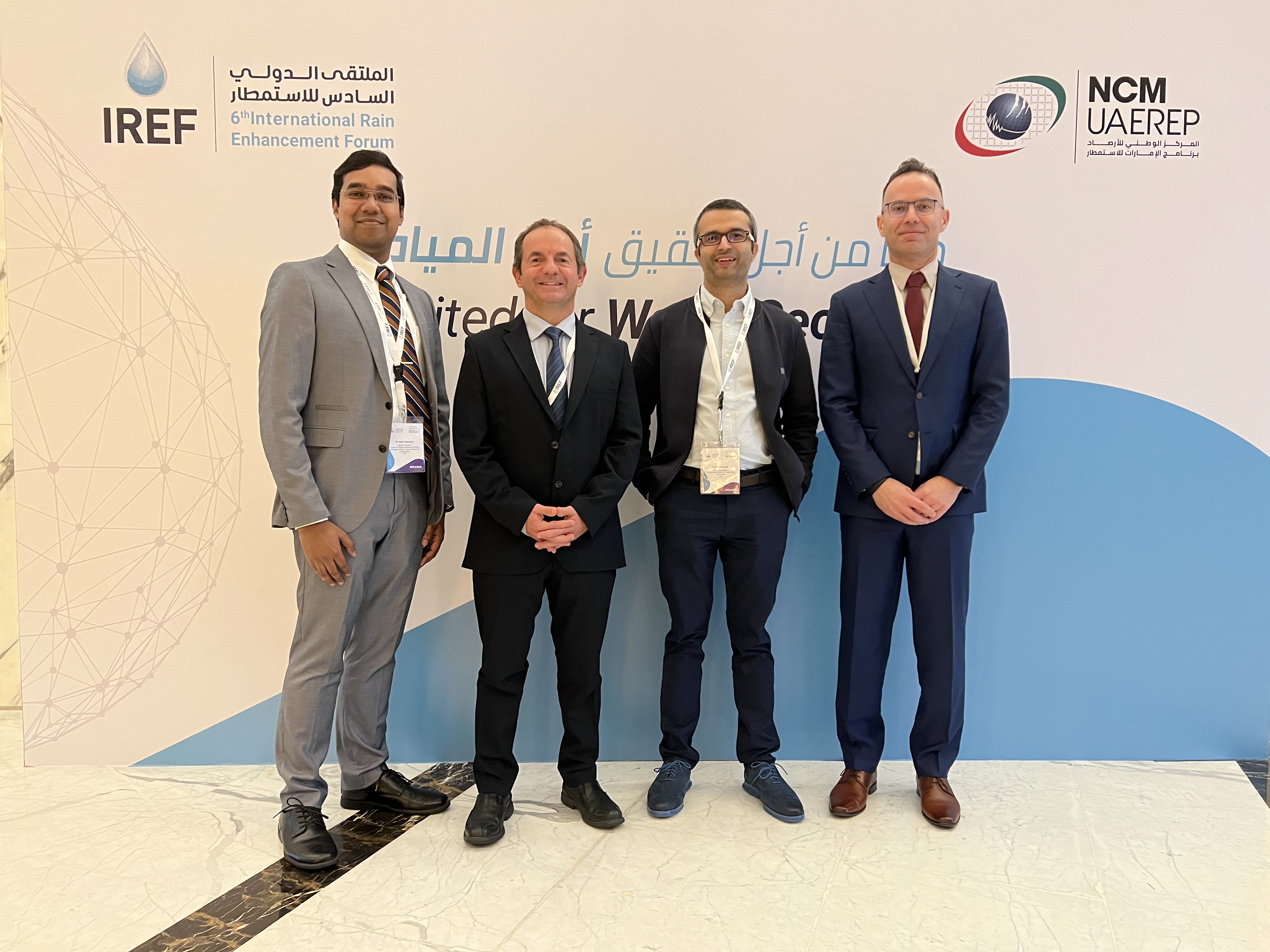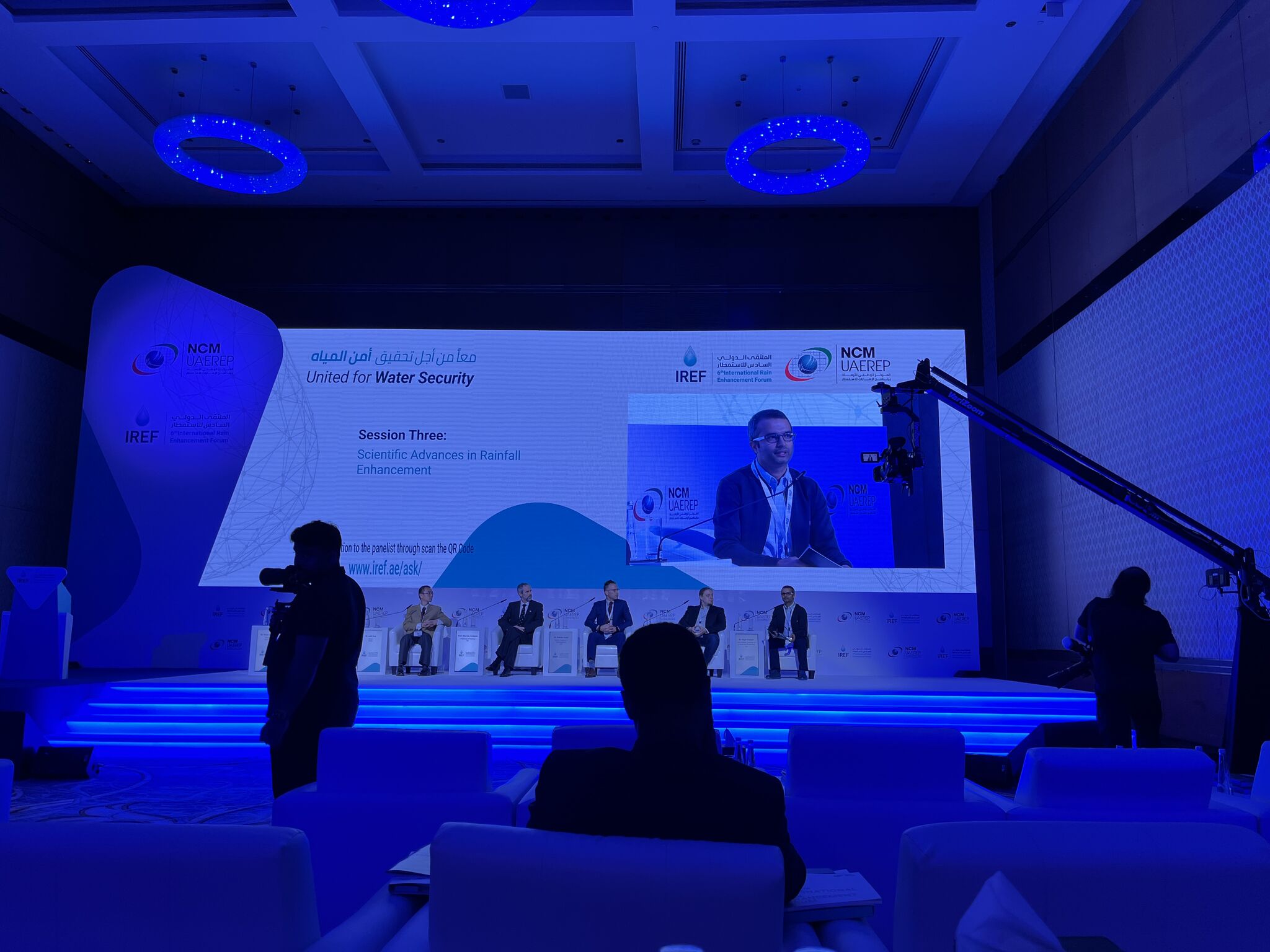Imagine a world without rainfall. We call it droughts. Or imagine a situation of torrential rainfall and flooding, like in Pakistan last year.
And imagine a world where all our groundwater reserves have dried up. This is not too hypothetical a scenario — the world’s groundwater reserves are already declining. Groundwater is no different from fossil fuels – it is going to deplete one day if we continue to extract without allowing it to recharge.
A drought does not kill in hundreds – when it happens, it kills millions. China, India, Bangladesh, Africa, and even Russia and USA have faced such droughts in their history. And flooding has similar consequences – it causes extensive loss of lives and properties.
So what can we do to prepare ourselves for such adverse scenarios or natural calamities? How can we make sure that we have enough freshwater resources to meet the demand of an ever-increasing population which is already 7 billion?

Cloud seeding is one potential solution. Cloud seeding can be used both to suppress or enhance rainfall. If used appropriately, the application of cloud seeding technology has many possibilities — from enhancing rainfall, snow packs, and groundwater reserves — to suppressing hails, the great enemy of farmers, which can destroy large crop fields in minutes. Cloud seeding is relatively a mature technology used since the 1950s when scientists first discovered the seeding ability of dry ice and silver iodide. It was extensively applied in the late 20th century but it slowly lost momentum afterward for various reasons. Its exploration is again gaining attention as we face prolonged droughts, heatwaves, flooding, and fires worldwide.

This week, scientists and policymakers from around the world working in the field of cloud seeding and rain enhancement are meeting in Abu Dhabi to discuss these and other related issues aiming to find water solutions for the future.
On the first day of #IREF organized by The UAE Research Program for Rain Enhancement Science (UAEREP), we saw several interesting new approaches in cloud seeding works, from the use of electrical charge to acoustic methods for rain enhancement. Today was another engaging day discussing the process-level understanding of aerosol-cloud interactions and the adoption of cloud seeding technology by countries such as Ethiopia and Thailand for tackling their water problems. For anyone interested in understanding rain enhancement technologies, below is the link to today’s program.



Leave a Reply